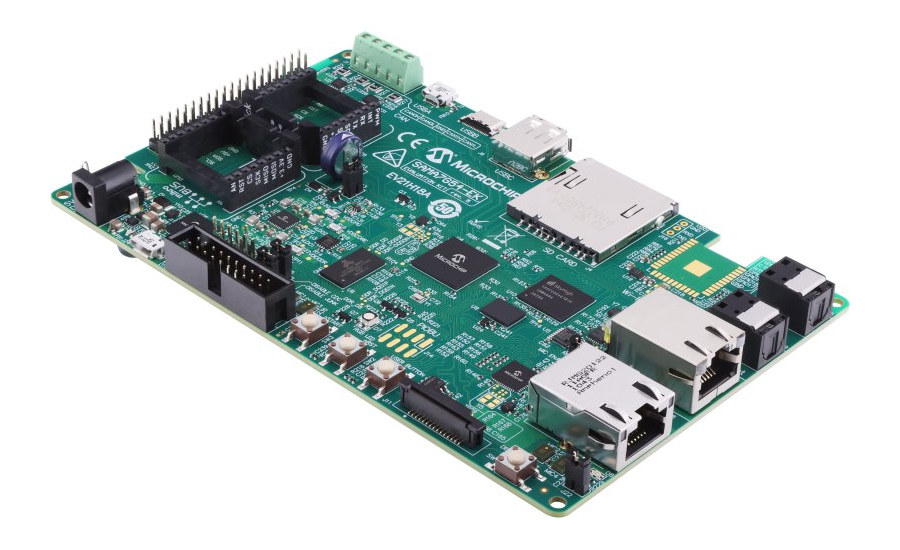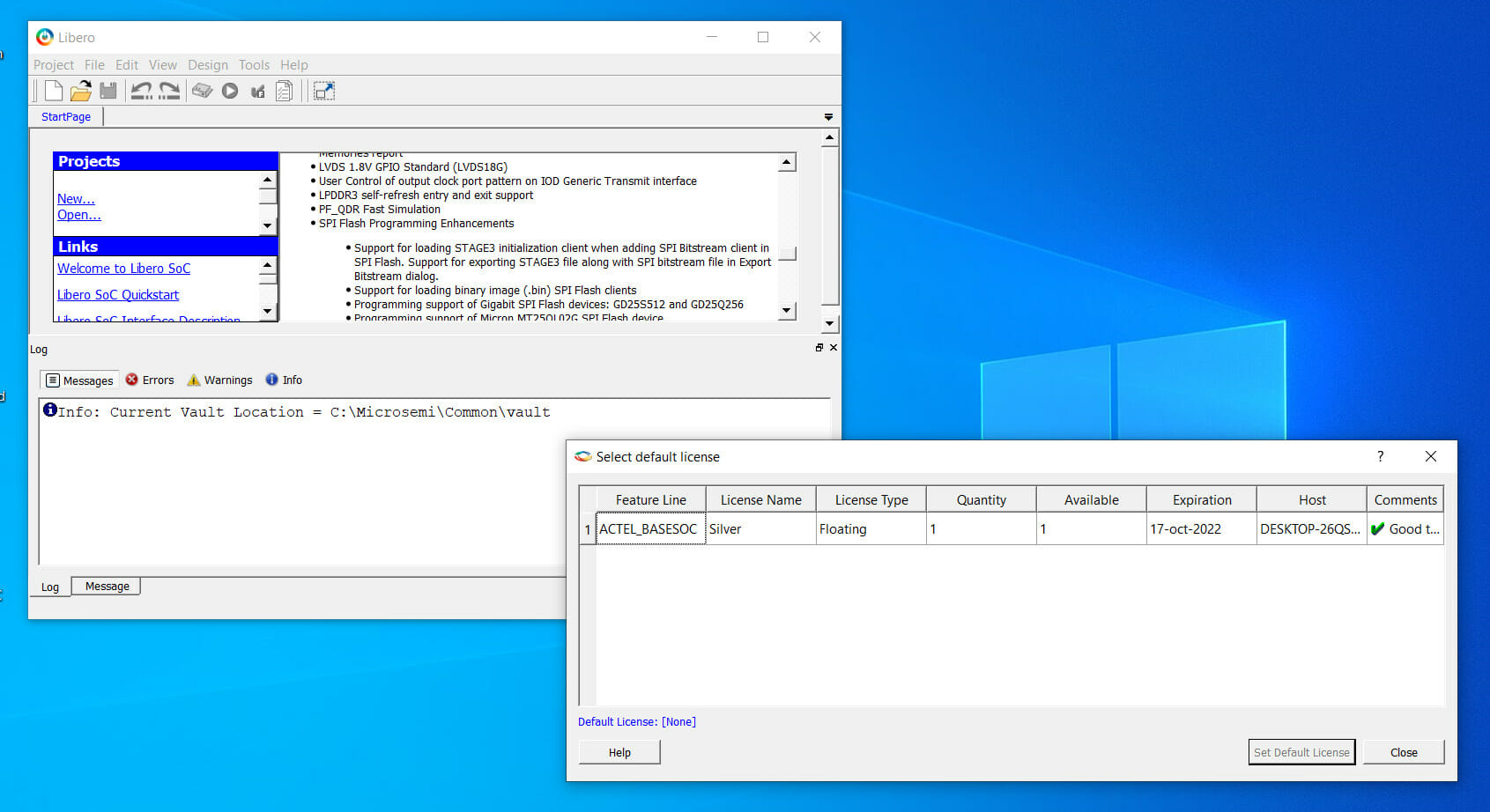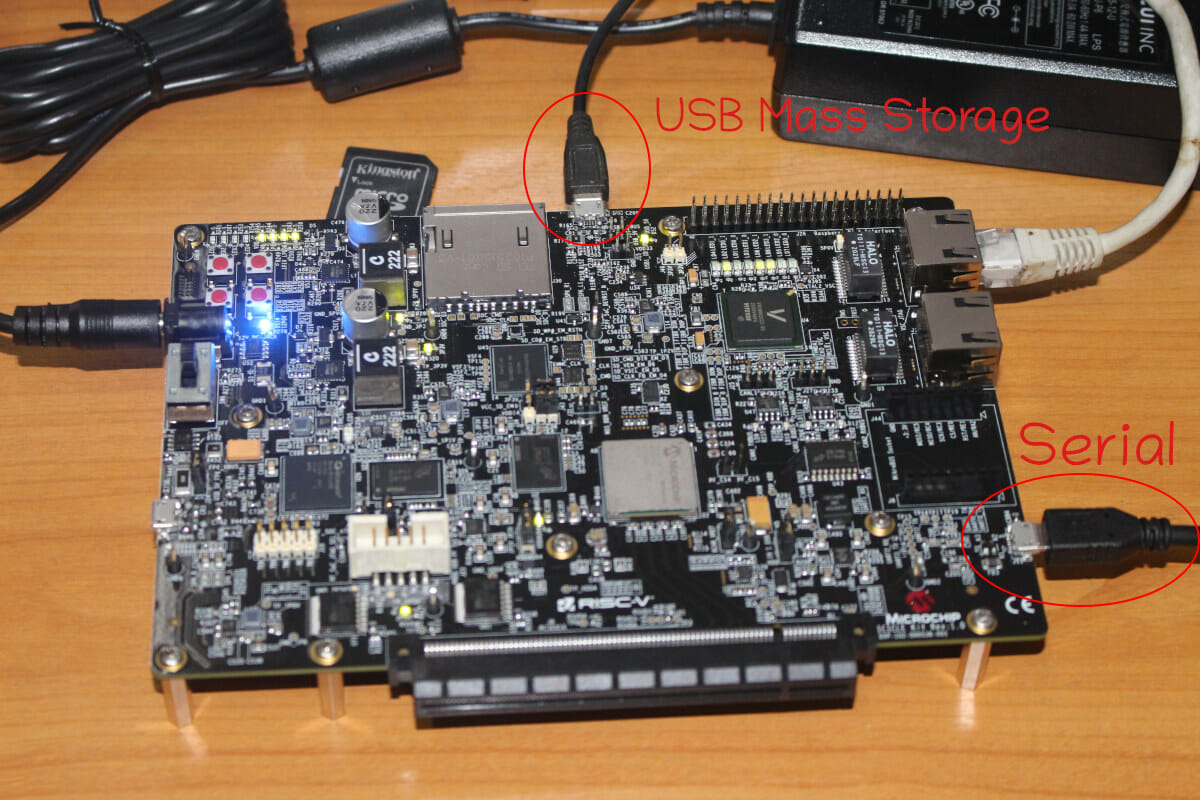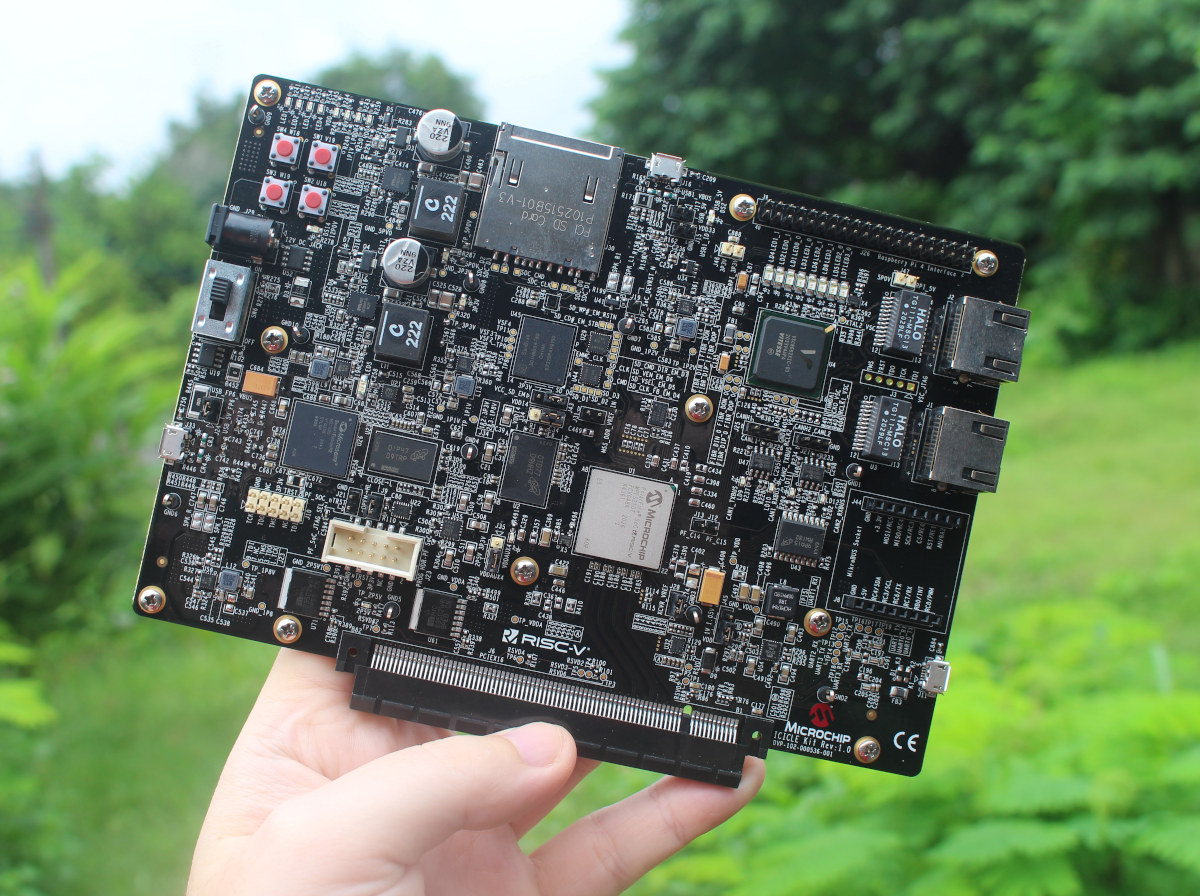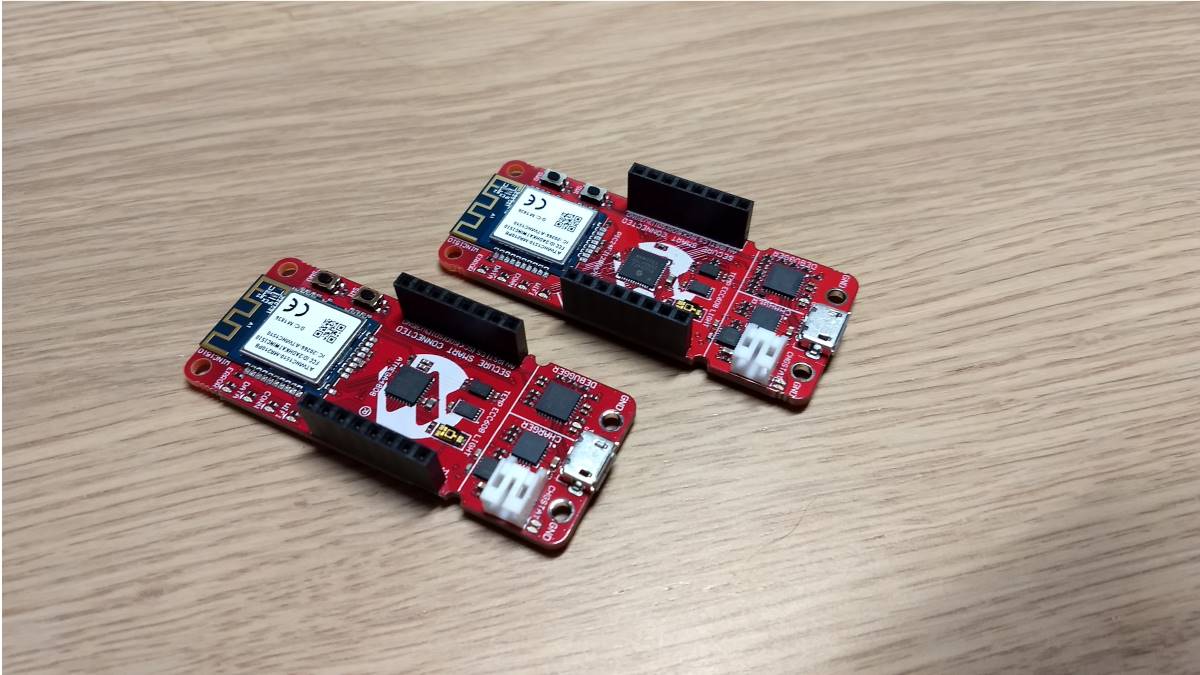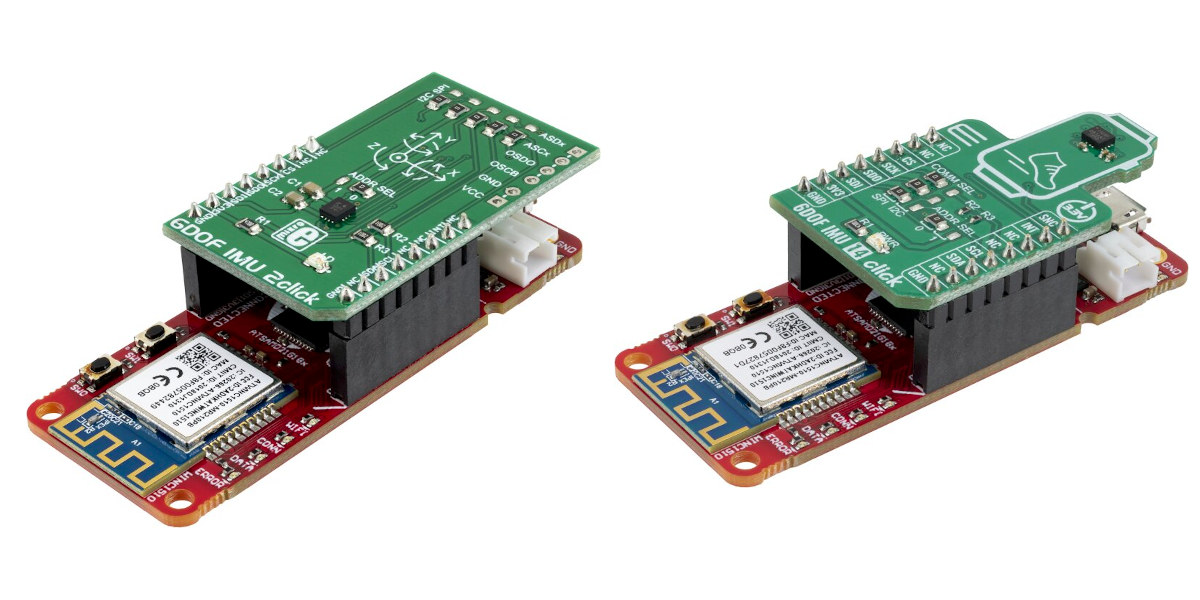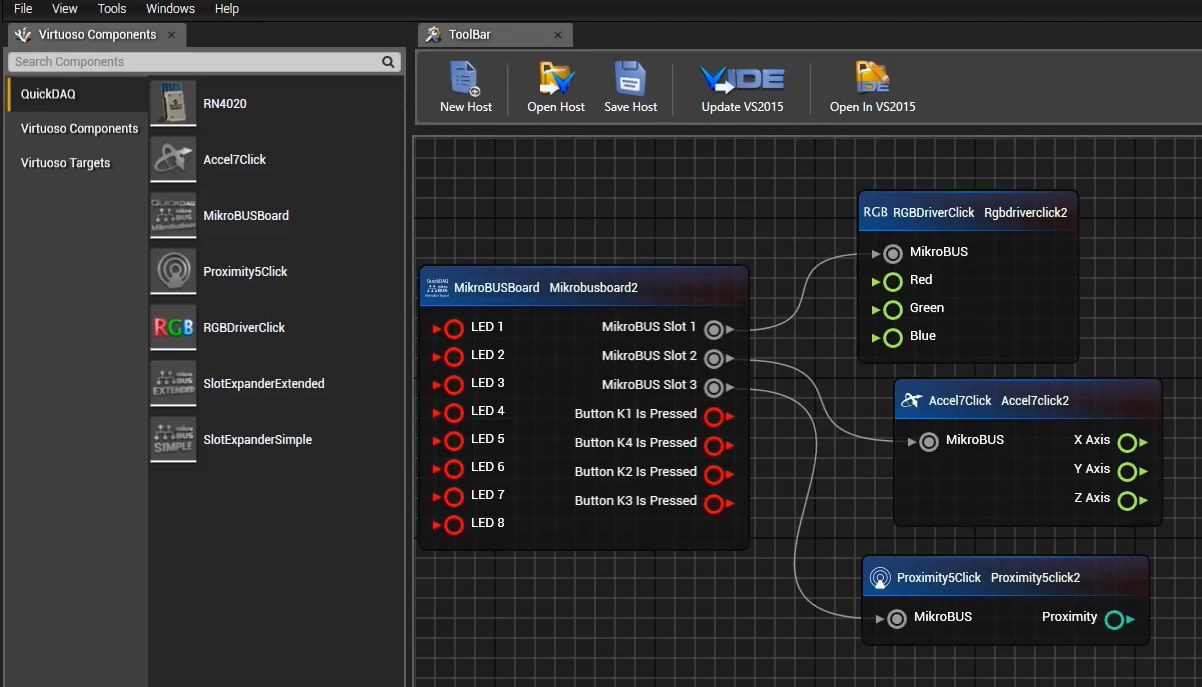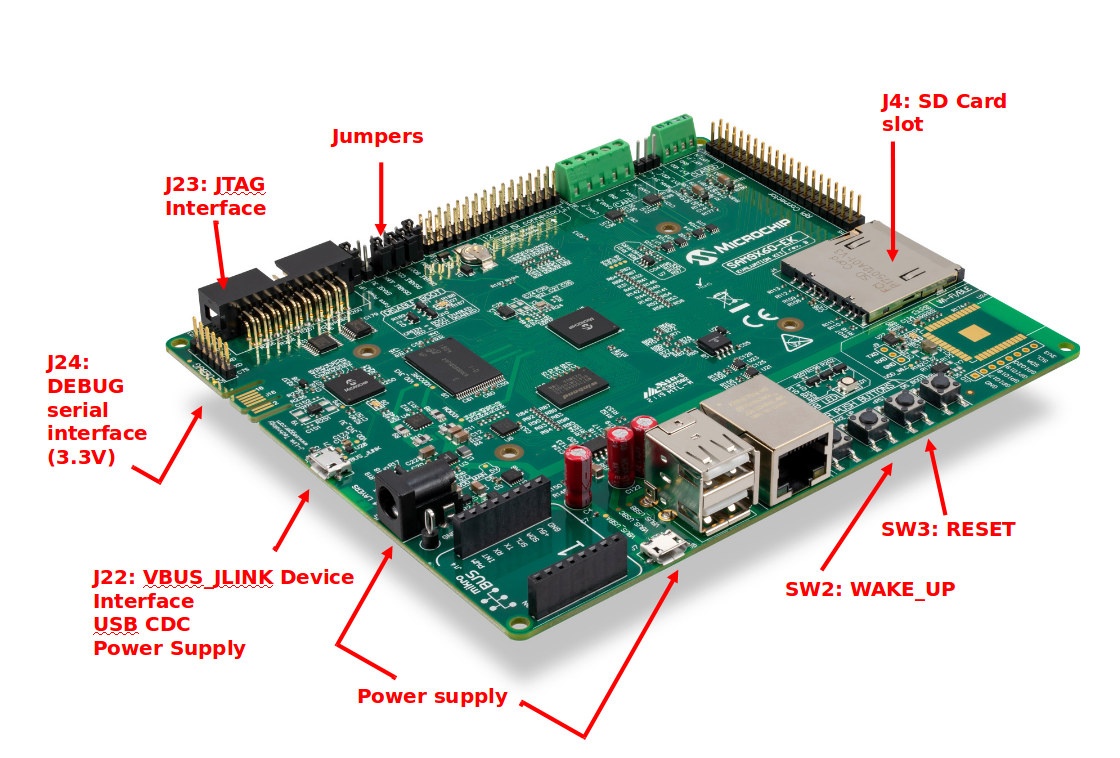Microchip has just announced the 1 GHz SAMA7G54 single-core Arm Cortex-A7 microprocessor (MPU) with MIPI CSI-2 and parallel camera interfaces, as well as up to four I2S, one SPDIF transmitter and receiver, and a 4-stereo channel audio sample rate converter. The company specifically launched a single-core processor to offer a lower power solution for AI camera and audio solutions, and the chip is coupled with the MCP16502 power management IC that has been optimized to provide the best power/performance ratio for the SAMA7G54. Microchip SAMA7G54 specifications: CPU – Arm Cortex-A7 based MPU @ up to 1GHz with 256KB L2 cache Memory – DDR2/DDR3/DDR3L/LPDDR2/LPDDR3 up to 533MHz Storage – Quad SPI, Octal SPI, 3x SD/eMMC Camera I/F – MIPI CSI-2 (2-lane up to 1.5 Gbps each) and 12-bit parallel camera Up to 8 Mpixel @ 30 fps Audio – Up to 4x I2S, PDM, SPDIF (Rx/Tx), 4 stereo channel ASRC Networking […]
My experience installing Libero SoC in Ubuntu and Windows 10
A few weeks ago, I received Microchip PolarFire SoC FPGA Icicle Kit with FPGA fabric and hard RISC-V cores capable of handling Linux. I wrote “Getting Started with Yocto Linux BSP” tutorial for the board, and I had initially titled the current post “Getting Started with FPGA development using Libero SoC and Polarfire FPGA SoC”. I assumed I would write one or two paragraphs about the installation process, and then show how to work with Libero SoC Design Suite to create an FPGA bitstream. But instead, I spent countless hours trying to install the development tools. So I’ll report my experience to let readers avoid some of the pitfalls, and hopefully save time. (Failing to) Install Libero SoC v2021.v2 on Ubuntu 20.04 If we go to the download page, we’ll see Libero SoC v2021.2 for Windows and Libero SoC v2021.2 for Linux. Since my computer is running Ubuntu 20.04, I decided […]
Getting Started with the Yocto Linux BSP for Polarfire SoC FPGA Icicle Kit
Last month I received Microchip PolarFire SoC FPGA Icicle development kit that features PolarFire SoC FPGA with a Penta–core 64-bit RISC-V CPU subsystem and an FPGA with 254K LE, and booted it into the pre-installed Linux operating systems based on OpenEmbedded. Today, I’ll show how to get started with the Yocto BSP and run the EEMBC CoreMark benchmark, and I’ll check out the FPGA with Libero SoC Design Suite in a couple of weeks. Operating Systems supported by PolarFire SoC FPGA My initial idea was to focus this part of the review on Linux on RISC-V status, checking some system information, running some benchmarks (e.g. SBC-Bench), compiling the Linux kernel, and installing services like a LEMP stack (Linux, Nginx (pronounced Engine-X), MySQL, PHP) which could be used for WordPress hosting for instance. But then I looked at the operating systems supported with Microchip PolarFire SoC FPGA. There’s a Yocto Linux […]
A first look at Microchip PolarFire SoC FPGA Icicle RISC-V development board
Formally launched on Crowd Supply a little over a year ago, Microchip PolarFire SoC FPGA Icicle (codenamed MPFS-ICICLE-KIT-ES) was one of the first Linux & FreeBSD capable RISC-V development boards. The system is equipped with PolarFire SoC FPGA comprised a RISC-V CPU subsystem with four 64-bit RISC-V (RV64GC) application cores, one 64-bit RISC-V real-time core (RV64IMAC), as well as FPGA fabric. Backers of the board have been able to play with it for several months ago, but Microchip is now sending the board to more people for evaluation/review, and I got one of my own to experiment with. That’s good to have a higher-end development board instead of the usual hobbyist-grade board. Today, I’ll just have a look at the kit content and main components on the board before playing with Linux and FPGA development tools in an upcoming or two posts. Microchip PolarFire SoC FPGA Icicle Unboxing The board […]
IoT development board comes with AVR or PIC MCU, WiFi module
Microchip AVR-IoT and PIC-IoT development boards have AVR and PIC MCUs respectively, which enables a simple interface between embedded applications and the cloud. The IoT development boards can securely transfer data to Amazon Web Services (AWS) IoT platform with a WiFi connection. The IoT development boards also include an onboard debugger which can be used to program and debug the MCUs without any need for external hardware. The IoT development boards also have an integrated lithium battery charger, which makes it a rechargeable device and allows easier deployment for a “ready-to-go solution.” The AVR-IoT WA development board integrates the ATECC608A CryptoAuthentication chip for security protocols and the ATWINC1510 Wi-Fi network controller for connectivity. The development board combines the ATmega4808 MCU 8-bit AVR MCU running at up to 20 MHz and offers a wide range of flash sizes up to 48 KB. The unit uses a “flexible and low-power architecture, including […]
Microchip SAMD21 Machine Learning Evaluation Kits Work with Cartesiam, Edge Impulse and Motion Gestures Solutions
While it all started in the cloud Artificial Intelligence is now moving at the very edge is ultra-low power nodes, and Microchip has launched two SAMD21 Arm Cortex-M0+ machine learning evaluation kits that now work with AI/ML solutions from Cartesiam, Edge Impulse, and Motion Gestures. Bot machine learning evaluation kits come with SAMD21G18 Arm Cortex-M0+ 32-bit MCU, an on-board debugger (nEDBG), an ATECC608A CryptoAuthentication secure element, ATWINC1510 Wi-Fi network controller, as well as Microchip MCP9808 high accuracy temperature sensor and a light sensor. But EV45Y33A development kit is equipped with an add-on board featuring Bosch’s BMI160 low-power Inertial Measurement Unit (IMU), while EV18H79A features an add-on board with TDK InvenSense ICM-42688-P 6-axis MEMS. The photo above makes it clear both SAMD21 machine learning evaluation kits rely on the same baseboard with a MikroBus socket connected to either 6DOF IMU 2click or 6DOF IMU 14 click add-on board from MikroElektronika. Both […]
QuickDAQ.mikroBUS Development Board Leverages Visual Programming and MikroE Click Boards (Crowdfunding)
mikroBUS is a socket interface that allows you to connect MikroElektronik (MikroE) Click add-on boards that can be buttons, sensors, a servo controller, a wireless module, and practically anything you may think of since there are over 700 Click boards to choose from. We already covered several SBC with MikroBUS sockets starting with SolidRun HummingBoard Gate board that offered a single socket for 150+ Click boards at the time (2015). Other boards include Azure Sphere MT3620 with two MikroBUS sockets and MikroElektronika’s own Flip & Click board designed to take one Arduino shield and up to four Click boards. Another upcoming option is QuickDAQ.mikroBUS developer by EmbeddeTech in collaboration with MikroElektronika, powered by a Microchip PIC32 MCU, offering three MikroBUS sockets, and designed to work with “Virtuoso Low-Code Environment” that allows people to program the board using NodeRed-like visual programming and generate a Visual Studio project with code from the […]
ARM9 in 2020 – Meet Microchip SAM9X60 SoC & Evaluation Kit
In my first job, I wrote code for a MIPS processor for VoIP phones, then I switched to NEC/Renesas MCUs for CD and DVD players, before going back to Linux and my first experience with an Arm processor: Cirrus Logic EP9307 with a single ARM9 (ARM920T) core clocked at 200 MHz. That was in 2005, and according to Wikipedia various ARM9 cores were released between 1998 to 2006, and now such cores are not recommended for new IC designs with most companies now building their chips around Arm Cortex-A/M/R cores. At the end of last year, we wrote about Banana Pi BPI-F2S SBC based on Sunplus SP7021 “Plus1” quad-core Cortex-A7 processor with ARM9 and 8051 co-processor. Odd enough but at least the ARM9 core is not the main processor, however, while looking at the upcoming Linux 5.6 Linux kernel log I read an entry about a new SAM9X60 ARM926-based SoC […]


